– Ellen Antoniewicz: Today we are pleased to introduce Jerry Apps as part of the Wisconsin Historical Museum’s “History Sandwiched In” lecture series. Jerry Apps is an award-winning Wisconsin author, and has written more than 40 non-fiction and fiction books, including 20 published by the Wisconsin Historical Society Press. Born and raised on a Central Wisconsin farm, Jerry is a former County Extension agent, and professor emeritus at the University of Wisconsin College of Agriculture and Life Sciences in Madison, where he taught for 30 years. Today he works as a rural historian, oh gosh, creative writing instructor, and full-time writer. He has created five documentaries with Wisconsin Public Television, has won several awards for his writing, and won a regional Emmy award for the TV documentary A Farm Winter. Here today to discuss the 50th anniversary of his book The Land Still Lives, please join me in welcoming Jerry Apps. [audience applauding]
– Thank you so very much for turning out on a day when I suppose it could be snowing if we were in Montana, that would be the case. This story goes back to the 1950s, the story of my farm in Central Wisconsin, four and a half miles west of Wild Rose, for those of you that know that part of Central Wisconsin. And the farm at that time was owned by the Combs family. Weston Combs and his mother, Ina Combs.
If you would think of rural poverty, they would be prime examples of it. They never — They did not own a car. They drove a horse and buggy to town. They had no electricity, of course. They heated their house with wood stoves. They milked their cows by hand, the few that they had. And they were on, what amounted to, if you were to think of it in commercial agriculture terms, a very poor farm. It was hilly, it was stony, it was right on the terminal moraine, where the great glacier stopped 10,000 years ago. And here they were, trying to make a living with these few cows, in a house that didn’t even have plaster on the walls. And in the 1950s, the general ring went out on the party-line telephone, indicating that their house was on fire, and could the neighbors please come and help.
And the neighbors came to help, but not soon enough. And the house burned to the ground. And the Combs family, Ina and Weston, moved to Wild Rose and left behind the 100-acre Combs farm, and failed because they had no income source to pay the meager taxes that were for that farm. And my dad, who lived in Homefarm, which was a couple miles to the north, was in Wautoma at the courthouse one day, and his cousin was the county clerk. And his cousin said to him, he said, “Herman!” And my dad was 65 years old at the time. He said, “Herman, there’s 100 acres just to the south of you “that you oughta pick up.” And my dad says, “I don’t need any more land. “I’m trying to get rid of what I have now. ” And he said, “Well, you can have it for back taxes.” 100 acres, $1500.
And my dad bought it, $15 an acre for this worn-out Combs farm, which my dad then sold to my two brothers and me for $1. I paid 33 and 1/3 cents for my 33 and 1/3 acres of land, which became the farm that we now call Roshara. And this book is the story, the beginning of the story of that farm. It’s a story of how my wife and my three kids, and later grandkids, all became acquainted with this place. And what they learned from it, and what I learned from it. And anyway, that’s the story that I’m going to be sharing today. It was indeed an abandoned farm, and in those days, and this was in, now in the 1960s. There were a good many acres in Central Wisconsin, the sandy part of Waushara county, where the land was poor, the taxes couldn’t be met, and the land became abandoned. And so this is what was left when we came to the place. This was a granary.
A broken down old building. Where, as my dad would say in the language of the farmers at that time, you could throw a cat through the wall almost anyplace. It was that bad. And we looked at that, my wife and I looked at that, and I was just beginning to teach at the university then, and we didn’t have any money to put up a new building, and we wondered, “Could we make a cabin out of this thing?” The granary to the right, a chicken house to the left, and what had been most recently in the granary part of it, a team of horses, because the barn that you see in the back was falling down. And the neighbor across the road, Floyd Jeffress was his name, he came over and he said to me, “Jerry, I wouldn’t try to do anything with that building.” Once a pair of horses are in the building like that, “it’ll smell like horses forever,” especially on a rainy day.” And Ruth and I decided we were gonna go ahead anyway. And here’s another shot of that back end of that building, which is very common. It was built in 1912. For the building to have a granary on one side, a chicken house on the other side, a corn crib on this side, and a storage shed in between.
It was a all-purpose building and we wondered what we could do with it. And that fire also left scars on the pump house, which still stands to this day. You can see that black spot. I left that for people to see, because the pump house had caught on fire, and the neighbors that were successful in putting that part of the fire out. So that’s what we had to contend with. And my wife and I shook our heads and wondered, “What could we do with this thing?” My dad said, “Well, Ole Knutson lives in Wild Rose,” he’s a retired carpenter. “Ole can come out, and he’ll give an assessment” of the things worth working on, worth fixing.” Meanwhile. . .
We were observing some of the beauty of the place that was there. The old day lilies, wild day lilies that you can see in the ditches and around old property, we had a lot of them. They’re beautiful, I thought so anyway. And the stones, oh my gosh! Weston Combs, with his team of horses and a stone boat, had picked thousands, tons of stones and piled them up in a big pile, just to the west of the buildings. And there they are today; we just took this picture recently with mosses and lichens growing on them. What were the early years like? The kids were three, four, and five, I think, at the time. And that’s how we spent our time at the farm, during vacations and on weekends. That old tent to the right, I was county agent in Green Bay at one time; bought that in Green Bay for $27.50, they wanted 30 bucks. I said it wasn’t worth it, wasn’t worth $27.50 either, but that’s where we spent our time. With that old fly over where we ate.
And the kids thought it was wonderful. My son Steve, who works for the State Journal here in Madison, I asked him the other day what he thought about those tenting days back in the ’60s. He says “The best time possible!” It was wonderful, sleeping in that old tent, “especially on a rainy day.” And I too, love the sound of rain drops on canvas. When I was in the army, and we were out on bivouac, and staying in pup tents, and my pup tent mate was all upset because it was raining. And I thought it was wonderful, that drumming sound. Anyway, that’s how we lived at the beginning. And now I’ll introduce you to the three kids.
This is my daughter Susan. We had a lot of fun there in the wintertime, too. Suzy is a second grade teacher here in Madison, at Falk, Falk School. And that’s Steve. The skiing that they’re demonstrating says a lot about their personalities, too, by the way. You can figure that out for yourselves. But that’s Steve, who was a photojournalist with the State Journal. And I don’t know where this kid went wrong, but that’s Jeff, and he’s the youngest, and he’s a financial counselor. He lives out in Avon, Colorado with his family. And he’s still skiing to this day; he loves skiing.
Well, finally, after Ole came out and showed us what we might do, and one day I purchased a Better Homes and Gardens carpentry book, and Ole Knutson took one look at that, and he said, “Throw that book away!” Your building is way too crooked. “You don’t measure things, you gotta use a level.” And he was right. All the old buildings tend to lean in the direction with the wind has sent them. So Ole Knutson then, in despair one day said to me in disgust, I should say, he said, “Jerry, it’s a good thing you’ve got another job. You’ll never make a carpenter!” And I guess, how right he was, because he was showing me how to put in windows and doors and siding and all the rest of it. So we turned that old granary into a cabin, which we still use today. Well, there are several themes to this story of Roshara, that we introduced to the kids, and that we, well, I gardened ever since I was three, four years old, on the farm; we depended on the garden growing up in the Depression. And so, every year since, we’ve had a garden. And we involve the whole family in it, and there I am in a year where the sweet corn did pretty well.
That’s Steve in the back with the hoe. And that’s my son-in-law Paul, he’s a teacher as well. And we’re planting the garden more recently. We’ve not missed a year. We’ve been, I think, 50 years-plus, gardening at this place. This is Natasha, she’s planting. She’s really the person who has taken charge of the garden; she’s the brains of the operation and does all the work, as well. Last year we grew radishes. I tell ya, did we grow radishes! This year they were awful. It’s always fun to be able to produce one’s own food.
And one of things that I wanted to demonstrate to the kids and the grandkids, that it’s possible to grow one’s own food successfully, even though the land may be sandy and stony and all the rest of it. With a little care and decent, decent weather, you can produce everything that you see here and more. And we’ve done that now for years. For three families here in Madison now are living off of this. I have long been interested in nature. Growing up on a farm, walking to a country school, spending time out in the woods that was just back of our farm. Going on long walks with my dad on Sunday afternoons. He had a fifth grade education, but he knew more about trees and flowers and wildlife and birds, than anybody I knew. And he taught me not by saying “This is this “and this is that,” but by showing me as we walked, every Sunday, checking on the cattle, checking on the crops. In those days, there were no trespassing signs.
We walked for miles, seeing all kinds of things. Bluebirds were one of the special things that we decided to spend some time with. And we put up a bluebird trail, a dozen, 15 bluebird houses that separate my land from my brother’s land, who live just to the south of me. This is a burr oak tree; why do I put a burr oak tree here? One of the things that I’ve discovered about nature in Central Wisconsin, is we live at the farm, in the center of the biological tension zone. Which means, the southern and northern plant and animal species overlap. We have native white pine, for example. And we have native burr oak. And a burr oak tree, which is commonly seen here in the southern part of the state, the burr oak tree will live for 300 years! This tree is 50 years old, and it’s just getting started. I remember it as a little, bitty tree when we first got the place. 50 years old and it doesn’t, it’s just getting going.
Got a long life ahead of itself. And of course, we live with deer. They’re all over the place. We have constant battles with the deer, who would like to share our garden. And we work at keeping them away. But we enjoy seeing them, and they are all about. In the wintertime, deer tracks are something that I try to teach, especially my grandkids, what the different tracks are like with the different wildlife. This is Steve, now he’s a little guy, getting acquainted with a mushroom. Every little thing at the farm, I find exciting, interesting, and worthy of knowing more about. By having the actual item there, so that someone can see it directly, smell it, feel it, sure helps to impress on someone the importance of nature.
And in the wintertime, there’s a beauty that goes with winter, that people look at me and say, “You like winter?” I do! I’m not one of those who runs off to Arizona to spend the entire winter. I must confess, we have spent a couple of weeks at a time in Florida, but the idea of spending the entire winter some other place is foreign to me. My wife, if she had her way, we’d be living in Alaska. She spent some time teaching up there. She loves Alaska. Forestry is another part of our project. From an economic perspective, I wanted to farm to be able to, for me to earn enough money to pay the taxes. And so forestry was one way that we did it. So I run it as a tree farm. And this is my daughter Susan.
Every year we’ve been there now for 50, how many years, we have planted trees. Sometimes as few as 50. One year, we planted 7,500. I hired somebody to help do that. And so we have trees of various sizes, and it’s a wonderful thing to be able to walk with a grandchild and say, “You helped plant that tree 20 years ago.” It’s a wonderful thing to be able to do that. This is one of the tree stands that we have. We’ve planted Norway pine, we’ve planted white pine, we’ve planted jack pine, we’ve planted Norway spruce. We’ve planted all kinds of different kinds of trees. We have done, over the years, three loggings.
And can you believe the size of these white pine? We didn’t plant these. These were planted by the Combses back in the 1930s. But look at the size of those white pine. I have just recently finished writing a book on the history of the logging industry in Northern Wisconsin. And it’s these white pines that were scattered all across the north, drawing a line from Green Bay to Eau Claire and going north. White pine, 36 inches across. Today we have trouble selling these trees, for some reason. White pine logs are not popular. A lot of our trees went for pulp, meaning paper. And that’s not a good market anymore either.
So it’s been iffy, the prices have not been all that good in recent years in the logging business. We also, every year, this is my son-in-law Paul and my daughter Sue in November. Every year now, for as many years as I can remember, we bring the family together for a wood-cutting bee. A Saturday where the family gathers, whoever’s available, to cut up wood for firewood, because believe it or not, I heat the cabin with wood stoves. And we need a supply of wood each year. And here Paul is with a chainsaw, cutting up some of the wood that we end up piling outside for a year, and then take it inside, so it’s well-dried before we burn it; I grew up with wood stoves. We didn’t have much of anything when I was a kid. And I can remember fondly, and you find that strange for somebody to say that, fondly the feel of heat from the wood stove; it’s different; it’s just different. And the smell of wood smoke on a cold winter day when you come walking from a long hike, and you can smell the woodsmoke on the air. It brings back, for me, all kinds of memories.
And to teach my kids and my grandkids how to, in the language of the old farmer, how to make wood, and I had, when I talk about that with kids every so often, they say, “You can’t make wood, nobody can make wood!” Well, it’s the language that we used. Taking down a dead tree, cutting it into blocks, and then splitting it. And the splitting of wood, in itself, I could go on at some length, as I’ve written about it, takes a lot of skill, and I won’t get into that just now. And in the fall, oh my gosh, October! We’re just coming on to that month now. This is our woods. This is our hardwood part of the farm. We have about 60 acres of hardwood. About 35 acres of pines. But the woods in fall, with the maples turning color, are something to behold. And then, we have a pond; we have two ponds because I bought some of the neighbor’s land.
The pond is part of our farm. The pond, early on, was a part of our history. It was a part of helping our kids and then grandkids become acquainted with another part of nature that’s different from upland. Different from the prairie, which I’ll talk about in a little bit. And the pond in fall is something to behold. When the geese, the Canada geese come down from the north. They often stop at our pond on their way south. And I know that things are still mostly right with the world when I hear a flock of geese honking their way south. I don’t know what they’re talking about. They’re talking about something, I’m sure.
And when they’re at the pond, they’re sharing, they’re talking to each other about things like, “How’d the summer go for you, Mabel?” All that sort of stuff, I imagine that they’re talking. And then the mallard ducks come by, and the wood ducks, and all the rest of the wild ducks. And they settle on the pond. And we sneak down there, I sneak down there and sit and just watch. The pond also, for me, has a soothing effect. I teach creative writing; I’ve done that for years. And I tell my students, I show my students, I bring them often to places where there is water available. And there’s something, maybe this is weird me talking, there’s something about creativity and the quiet of a pond. And so, the pond is a very important part of this story of Roshara, the name that we have given to our farm based on, if you wonder where the name comes from, it’s in the township of Rose, in the county of Waushara, Ro-Shara, is the name we’ve given to the pond, to the farm. And the farm in winter is also something to see.
With snow piling up, and all the rest of it. Now, there’s something interesting happening. And I think you’re probably all aware of it. About two hours ago, it was an example of the downpours that we’ve been having. Well, it’s been true over most of this state. Our water table, and the pond is indeed a water table pond, there’s no inlet or outlet, is the highest it’s been in 75 years! You can see the trees that are underwater. It’s a wonderful thing for me to see, and realize that 10 years ago, it was almost dried up. It was about an acre, now it’s five acres. And it’s part of nature that we just don’t quite understand why that is. And then the prairie.
We saved about eight acres of our farm where there would be no trees planted. I wanted to see if we could resurrect what had been in 1867, when Tom Stewart, a Civil War veteran, came to our farm as its first owner. Under the Homestead Act of 1862, he was able to, as a Civil War veteran, to obtain the farm for next to nothing. $25, I think. If he stayed there for five years, the land was his. And so I was curious. I did enough research. I have some of that, a lot of that in this book, of what it was like when Tom Stewart arrived. And what this open ground was like, and what kind of grasses grew, the big blue stem and the little blue stem and the Indian grass, as it was called. Would it be possible for me, with our prairie, to bring some of that back? Would it be possible to re– not redesign, but rediscover what had been more than 100 years ago? And so I’m doing prairie restoration differently than many people do it.
I do not go in and kill everything with Roundup and then try to plant something back, not at all. The only thing we’re doing is we’re keeping the trees out. A lot of trees that want to grow there, and we cut them out. And we don’t do any burning, we have too many trees around. But we do mowing, and it’s been absolutely fascinating. Almost every year, I see a new grass that I’ve not seen before, a new wildflower I’ve not seen before. And the beauty of it all, just to sit out there and look at an open space without a car in sight, without the sound of a siren or any other noise, is to me, is one of the most healing things possible. And so, our prairie, in fall, with the goldenrods, and that’s an Aldo Leopold bench, some of you would recognize it, in the front. And this was in August. This is my daughter Sue taking pictures of some of the wildflowers.
With all of the rains, oh my gosh, this was the year of wildflowers. They were everywhere, just beautiful. A lot of these pictures Steve took, as you might guess. To sit out in the prairie at night and look at the stars. People don’t see the stars anymore. You can’t see the stars in Madison. They’re there, but you can’t see ’em. But out on our prairie, at night, the stars are everywhere. It’s worthy, it’s worthy of experiencing. And so, here we have our cabin as it looks today on a fall day when the leaves are just falling.
With the pump house off to the right, another shed I built on the left, to keep some of my equipment. And I think about my grandkids, who now have grown up. My grandson Josh, he’s 27 now. He’s in his last year of law school in Denver. And he, I’m so proud of him, he is becoming an environmental attorney. And I would like to believe that some of what I have introduced him to at the farm contributed to that. His brother Ben, who’s a couple years younger, Ben is a biomedical engineer, working with a firm in San Diego. And Ben was always the person who helped put up the fence around the garden. I have a picture of it somewhere, I don’t have it here. Little Ben, and I knew he was gonna be an engineer because when he was helping with the fence, all of the, it’s an electric fence, all of the insulators had to be exactly the same distance apart; he measured them when he was five years old! I thought, “That kid’s gonna be an engineer.” And he is an engineer.
And so the farm in winter. I spend a lot of time up there writing, because it’s quiet. And the wood stove provides this wonderful heat. And I sit there, and once in a while a car goes by, but not many, and once in a while an airplane goes over, but that’s seldom. It’s a place to rejuvenate. It’s a place to rediscover. It’s a time for me, who I am far more busy than I’ll ever be, where I can get away from my cell phone, from my internet, from all the rest of what goes on in my life. And just sit there and do nothing some days but look out over the landscape. And all that started back with The Land Still Lives, that very first book, and my mantra, which I am using often these days: As we take care of the land, the land takes care of us.
As we take care of the land, the land takes care of us. And this picture was taken before my, this is the pond! Last year, that boat was underwater; we had to move it. If you want to go beyond the beginning years, the first year, The Land Still Lives. By the way, Gaylord Nelson, whom I knew, wrote the intro to this book. And if you’ve not read his intro, you would find it fascinating, because what he says about the environment 50 years ago, could be said this morning, and it would have equal relevance. I think he would find that interesting. And as the years went along, I’ve been asked to write more about the farm. So here is another in-depth history, going beyond this book, and that’s the prairie on the cover, the prairie of our farm. And as an interesting aside, you probably can’t see it, but there’s a little butterfly here. That’s a Karner blue butterfly.
And we are in the middle of the Karner blue butterfly range, which is a federally set-aside butterfly. We’re to protect it. And we have about three acres of lupines, which are necessary for the Karner blue butterfly to succeed, but the interesting thing I wanted to share with you, it says Old Farm, butterfly on the O. I was giving this talk just about this book one time and this person held up her hand, she said, “Now, Mr. Apps, how did you get that butterfly to sit on that O?”
[audience laughing]
Patience, lady, patience. [chuckling] That’s my answer. And then, one of the things that I encourage my writing students to do, and I do myself, is to keep a journal. I’ve kept a journal for years. 50-plus years, 60 years. This is, these are journal entries from our farm that go back to the early days, middle days, recently, and comparisons; how things have changed over the 50 years that we’ve been there.
Steve, beyond being the Packer photographer and the Badger photographer, is a fantastic nature photographer, and so these books are filled with his nature pictures. I think with that, I am going to close. My website is on the bottom, if you wanna know more about what I do, you can look me up. And I’m gonna close with that and say thank you for coming on this rainy day, and hang in there! [audience applauding]
Search University Place Episodes
Related Stories from PBS Wisconsin's Blog

Donate to sign up. Activate and sign in to Passport. It's that easy to help PBS Wisconsin serve your community through media that educates, inspires, and entertains.
Make your membership gift today
Only for new users: Activate Passport using your code or email address
Already a member?
Look up my account
Need some help? Go to FAQ or visit PBS Passport Help
Need help accessing PBS Wisconsin anywhere?

Online Access | Platform & Device Access | Cable or Satellite Access | Over-The-Air Access
Visit Access Guide
Need help accessing PBS Wisconsin anywhere?

Visit Our
Live TV Access Guide
Online AccessPlatform & Device Access
Cable or Satellite Access
Over-The-Air Access
Visit Access Guide
 Passport
Passport


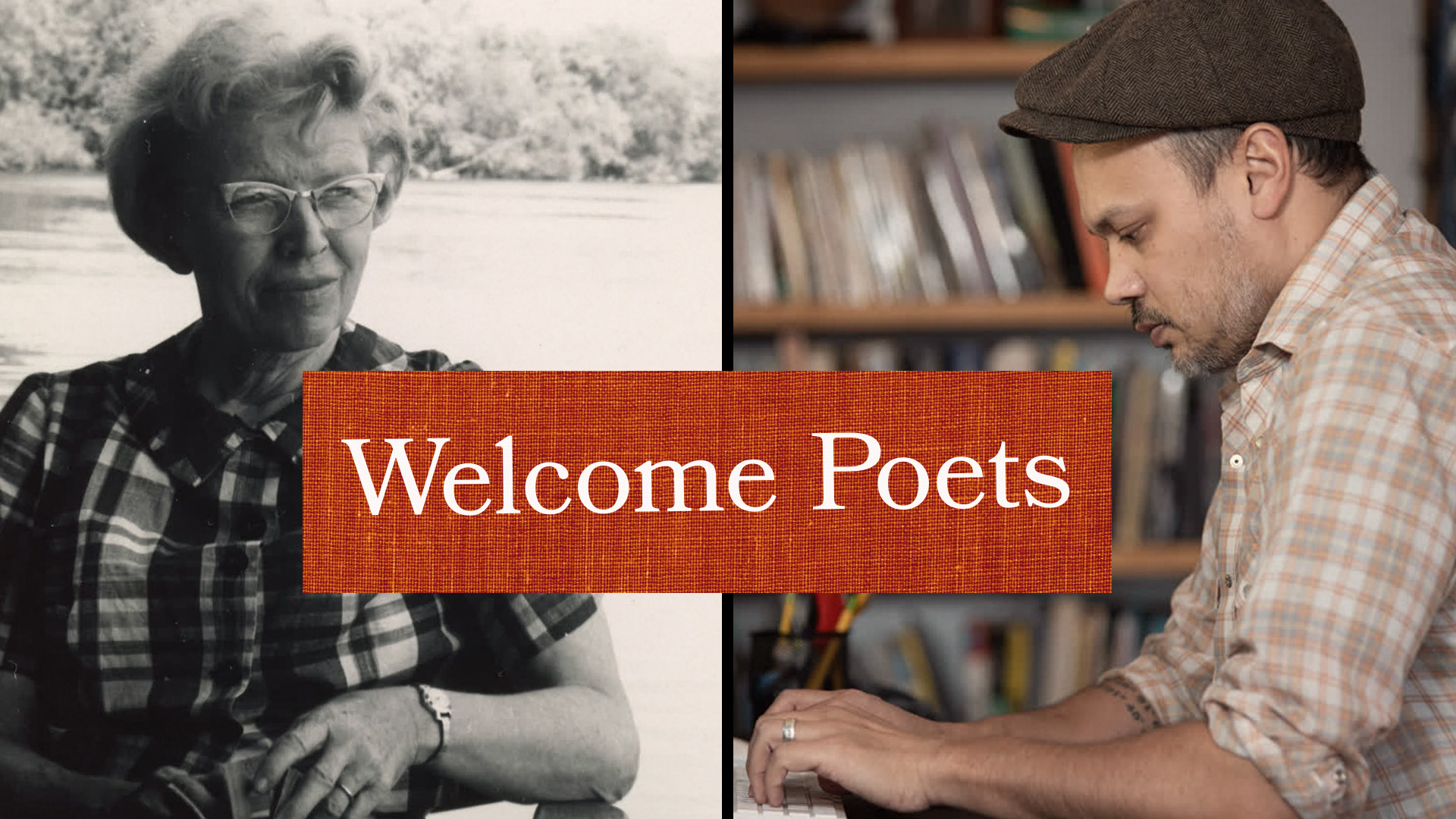
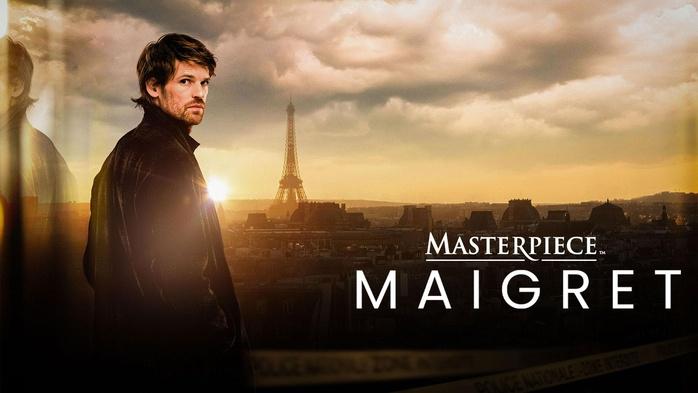


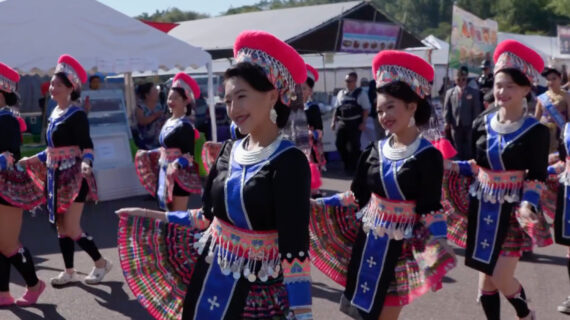
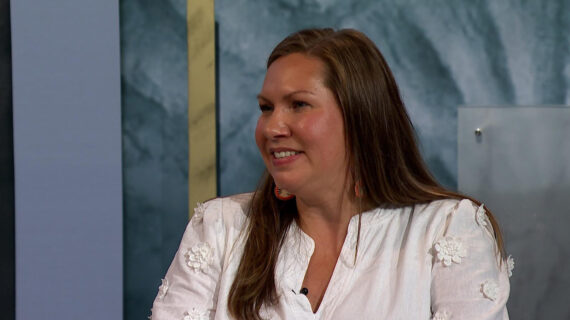
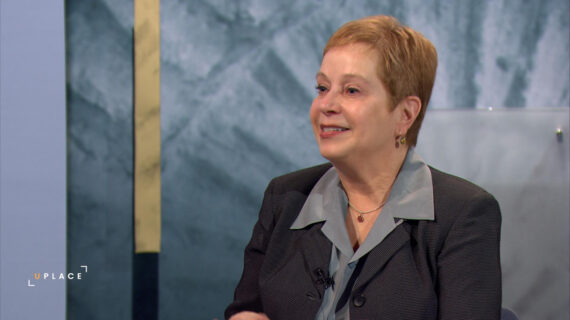
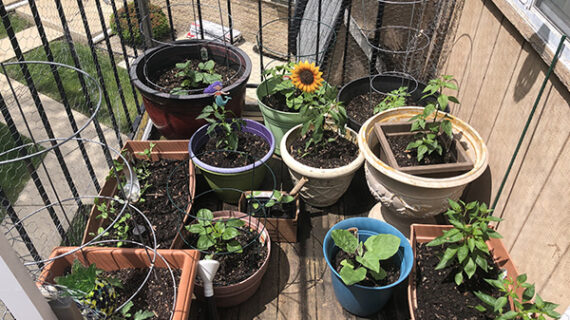
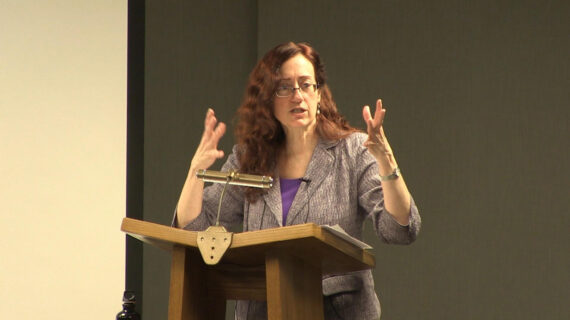
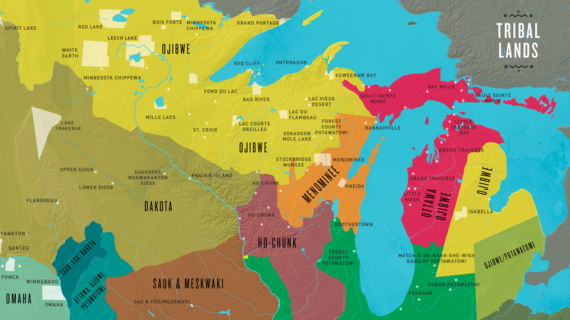
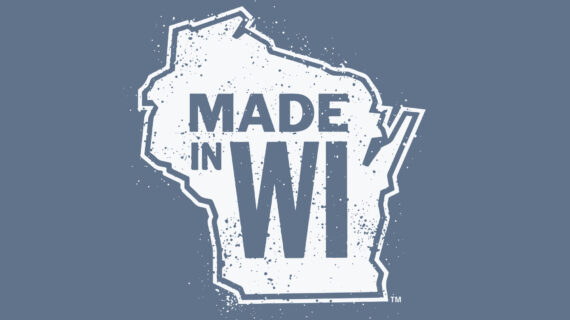
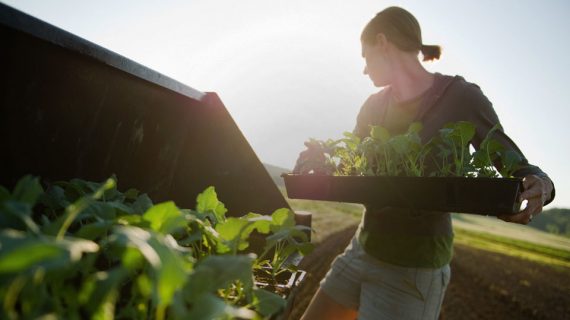
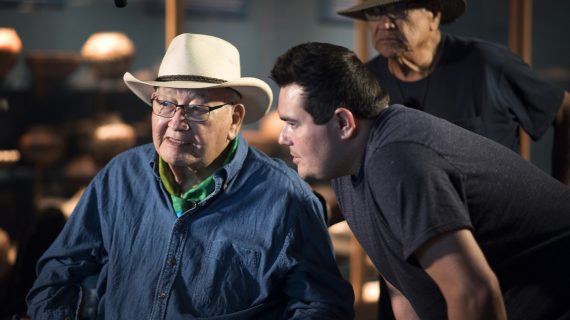

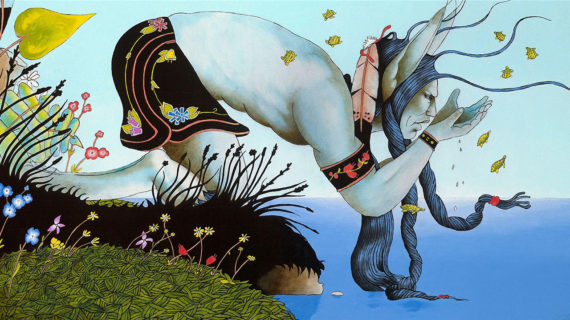

Follow Us